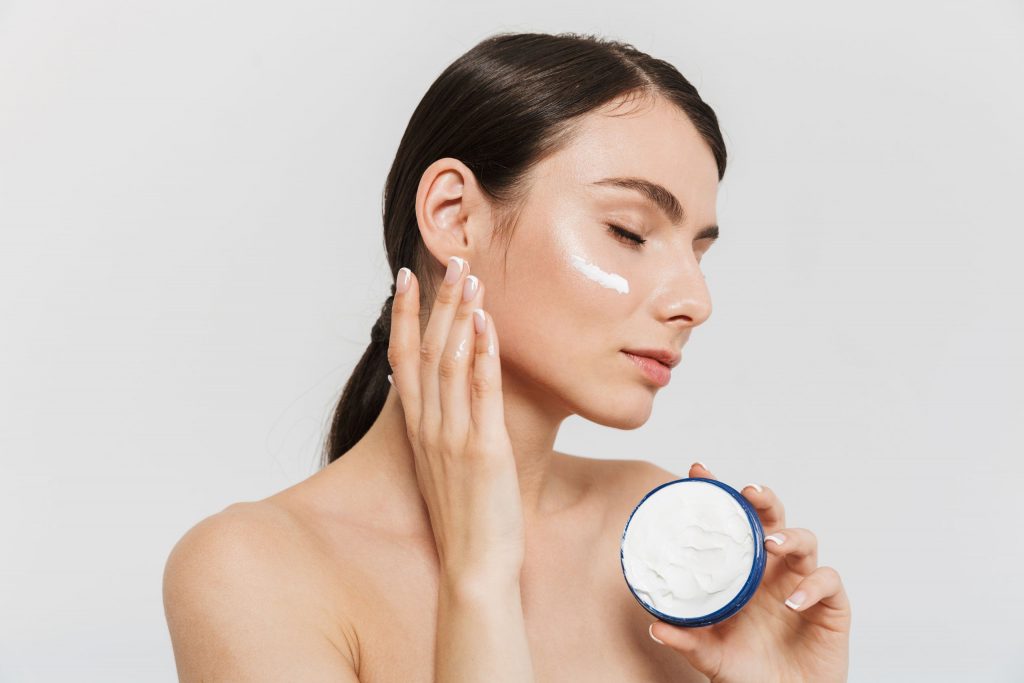It is impossible to overestimate the need of customizing skincare products to seasonal variations. The necessity of the skin changes with the seasons. Various environmental factors affect the moisture content, general texture, and look of the skin including humidity, temperature, and sun exposure. For example, the air in the winter may be dry and irritating, while the heat of the summer can cause too much oil production and acne. Spring and fall each have their own problems, like asthma or changes in the amount of water in the air. Knowing about these regular changes helps people make changes to their skin care routines to help with certain problems. To stress how important it is to tailor routines to your skin type, this piece will look at changes you can make to your makeup for each season. People can protect their skin from weather problems by making smart choices and using the right products. This will keep their skin balanced, hydrated, and bright all year long.
Spring Renewal: Revitalize and Prep Your Skin
Changing your skin care items can help stop dry skin from sticking around after winter. Exfoliate your skin gently to get rid of the dead skin cells that have built up over the winter. Mild exfoliants, like enzyme-based washes or chemical exfoliants with alpha-hydroxy acids, may help to lighten and refresh skin without hurting it. After exfoliating, you should use light lotions that contain glycerin and hyaluronic acid to keep your skin soft and healthy.
Adding serums that are high in antioxidants might add another layer of defense against the changes that spring brings to the environment. To protect your skin from UV damage and help it heal, look for serums that contain vitamin C or E. These strong vitamins are good for your skin and make you look beautiful.
Adding SPF to your daily skin care routine is also very important as the days get longer and more sun is exposed. Broad-spectrum sunscreen protects against UV rays that can damage skin and stops it from aging too quickly. During this time of renewal, you should never forget to use sun protection every day, whether it’s a separate product or a lotion. If you follow these tips, your skin will look clean and young, perfect for spring.

Summer Protection: Prioritize Hydration and Sun Care
Keeping your face hydrated and shielded from UV rays are very important in the summer. Broad-spectrum SPF protects the skin from both UVB and UVA rays, which keeps it from getting sunburned, aging too quickly, and getting skin cancer. Regularly reapplying sunscreen is also very important for long-lasting protection, especially after swimming or sweating a lot.
Skin care products that are heavy and oily should be switched out for lighter ones so that pores don’t get clogged. These formulas guarantee the skin stays breathable and clean by providing enough hydration without include too much oil. One should search for non- Comedogenic items especially meant for humid environment.
Apart from moisturizer, including hydrating masks or serums into the skincare regimen can greatly improve skin moisture. Particularly useful ingredients include hyaluronic acid as they draw and hold moisture in the skin. Regular use of these products helps reduce heat- and sun-induced dehydration, therefore leaving the skin plump and rejuvenated.
People that give sun protection and hydration first priority will be able to enjoy their summer activities and keep radiant, healthy skin.

Fall Transition: Repair and Replenish Post-Summer Skin
The change into autumn demands a fresh attention on skincare to fight dryness and heal sun damage as summer fades. Restoring moisture is vital; using heavier creams is very successful in combating the dryness often felt after extended sun exposure. These lotions not only moisturize but also form a barrier protecting against the approaching winter months.
Apart from restoring moisture, using mild exfoliants may assist to solve problems with sun damage and unequal skin tone. Products like moderate alpha-hydroxy acids or enzymes may encourage cell turnover without aggravating the skin, therefore revealing a smoother and more brilliant complexion.
To get your face ready for winter, you should slowly add items that nourish it to your routine. This lets the skin change and get more water and nutrients, which makes it look softer and more loose. With care, people can refresh their skin in the fall and make sure it stays healthy and bright all winter. This time frame is perfect for preparing the ground for a more robust skincare regimen to come.

Winter Defense: Lock in Moisture and Protect
Winter’s extreme temperatures might make skin sensitive and dry. To resist this and lock in water, one must consequently use thicker, barrier-boosting lotions. Covering the skin, these creams restrict moisture loss from cold air. To really lock in moisture, search for products with shea butter, ceramides, and hyaluronic acid.
Winter calls for avoiding over-exfoliating as chilly air might increase skin sensitivity. To keep a good shine without aggravating the skin, keep exfoliating once a week and use mild exfoliants include enzyme-based scrubs.
Using creams and oils that moisturize during the winter can make your skin even more flexible. Face oils like jojoba or argan oil help keep moisture in the skin, but masks made with healthy foods like honey or avocado once a week may be even better. Emphasizing these techniques will help people to fight dryness and sensitivity so that their skin stays healthy and brilliant throughout winter.

Final Thought
Changing skin care products with the seasons makes skin health much better all year because it helps people deal with the challenges that come with different weather conditions. For example, the dry air in the winter might cause your skin to lose moisture, so you might need fuller, more hydrating treatments. But in the summer, when it’s hot and humid, you may need lighter, oil-free items to keep your skin from breaking out. You should pay attention to what your skin needs and make changes like in the spring and fall. These changes can affect your skin’s sensitivity and wetness levels. Through awareness of these seasonal fluctuations, people may maximize their skincare routines to preserve a balanced and healthy complexion. This proactive approach not only fights seasonal skin problems but also promotes a better knowledge of personal skin types and conditions. Accepting a flexible skincare regimen helps people to have a brilliant glow all year long, therefore stressing the need of adjusting to the changing needs of the skin. A attention to seasonal changes shows a respect for skin health and helps one to develop a harmonic connection with their complexion, therefore enabling people to feel confident and attractive in their own skin.
